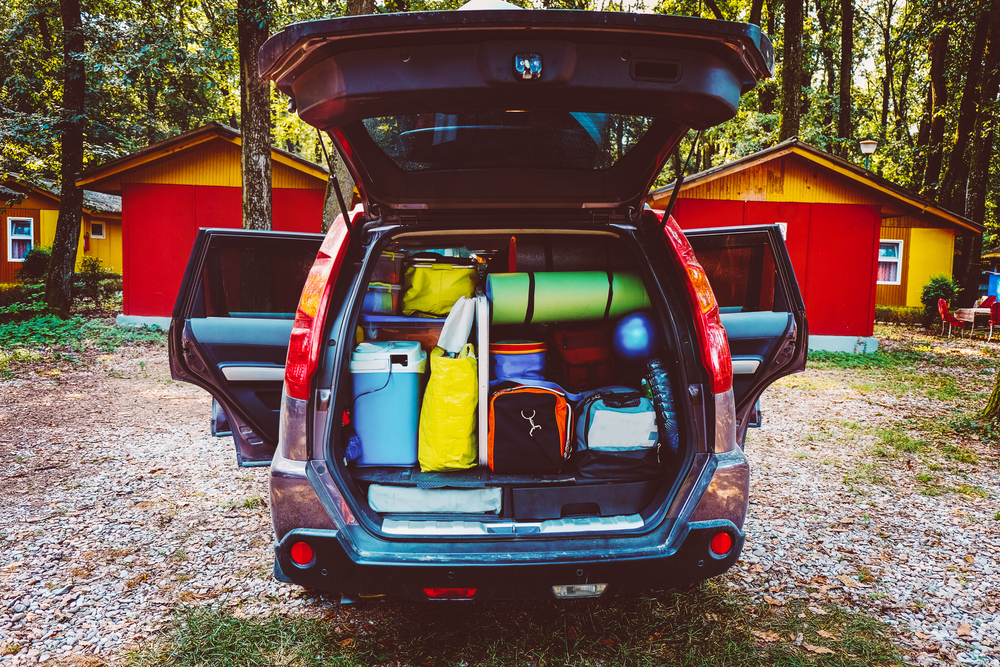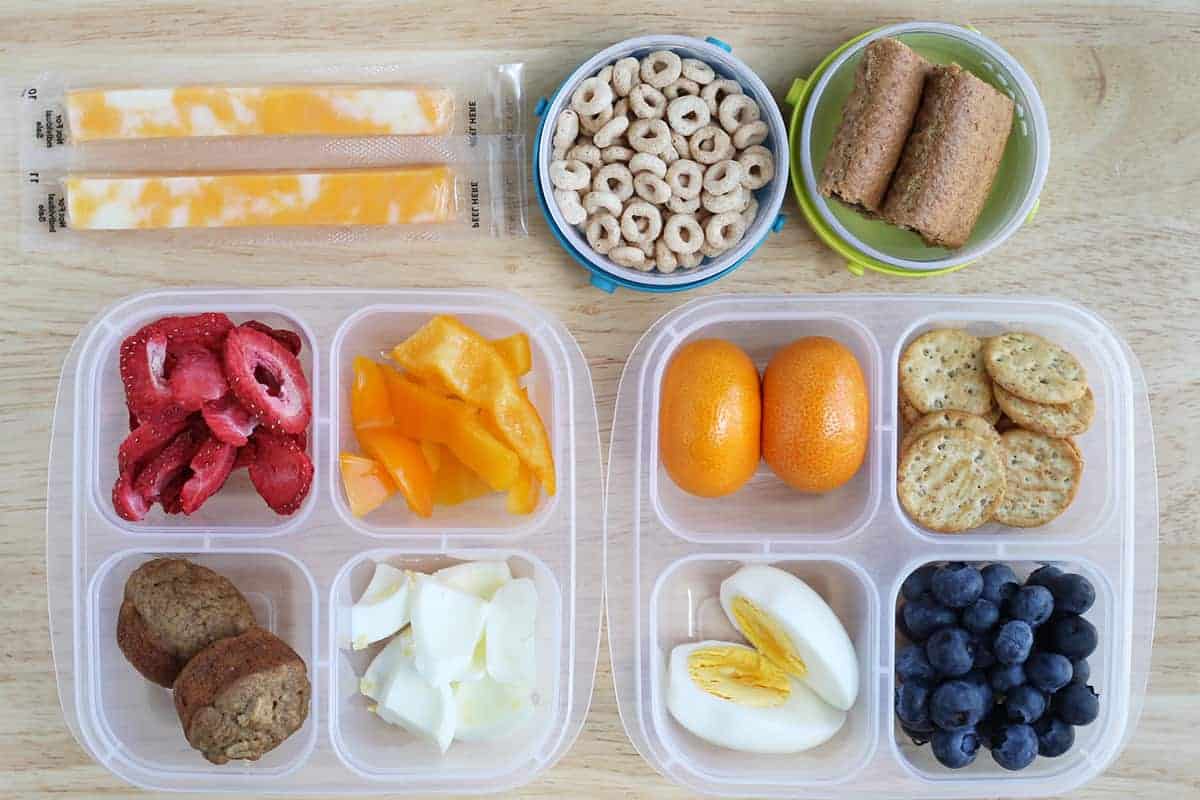Summary
Road trips can be an incredible way to bond as a family and explore new destinations. However, traveling with neurodiverse kids requires thoughtful planning to ensure the journey is comfortable, engaging, and manageable. With a few practical strategies, your road trip can become a memorable and enjoyable experience for everyone.

Road trips can be an incredible way to bond as a family and explore new destinations. However, traveling with neurodiverse kids requires thoughtful planning to ensure the journey is comfortable, engaging, and manageable. With a few practical strategies, your road trip can become a memorable and enjoyable experience for everyone.
1. Plan the Route with Care
The success of a road trip often hinges on the route you choose.

Key Tips:
- Stick to Familiar Patterns: If possible, schedule driving times around your child’s routine, such as traveling during nap times or quieter parts of the day.
- Include Frequent Stops: Plan stops every 1-2 hours for bathroom breaks, snacks, and opportunities to stretch or play.
- Mark Rest Areas and Parks: Research rest stops with playgrounds or open spaces to allow for movement and sensory decompression.
- Avoid Overwhelming Areas: Choose routes that minimize exposure to crowded or noisy environments unless they’re part of your plan.
Tools to Help:
- Use apps like Roadtrippers or Google Maps to plot out routes with family-friendly stops.
- Keep a printed version of your plan as a backup.

2. Create a Road Trip Routine
Establishing a clear routine can reduce anxiety for neurodiverse children.
How to Create a Routine:
- Visual Schedule: Use pictures or drawings to show the order of activities (e.g., driving, stopping for lunch, visiting a park).
- Set Expectations: Discuss what will happen during the trip in advance to help your child feel prepared.
- Transition Cues: Use timers or verbal reminders to signal upcoming transitions, like returning to the car after a break.

3. Pack Essentials for Comfort and Engagement
Having the right items on hand can make all the difference.
Sensory-Friendly Items:
- Noise-canceling headphones for loud environments.
- Weighted blankets or lap pads for comfort.
- Sunglasses or hats to reduce sensory overload from sunlight.

Travel Necessities:
- Favorite snacks and drinks to keep hunger at bay.
- Comfort items like stuffed animals or blankets for reassurance.
- A small cooler for perishable items and refreshing drinks.
Entertainment:
- Tablets or portable DVD players loaded with favorite movies, games, or educational apps.
- Activity books, coloring supplies, or puzzles.
- A surprise “treasure box” with small toys to keep excitement high during long stretches.
4. Plan Sensory-Friendly Stops
Breaks are crucial for neurodiverse kids to reset and recharge.
Ideas for Stops:
- Nature Spots: Parks, trails, or beaches where they can run, explore, or relax.
- Quiet Cafes or Restaurants: Look for places with calm environments for meals.
- Interactive Attractions: Zoos, aquariums, or sensory-friendly museums for engaging activities.
Pro Tip:
Call ahead to check if venues have accommodations like sensory rooms or quiet spaces.
5. Prepare for Unexpected Challenges
Flexibility is key when things don’t go as planned.

Emergency Kit:
- Extra clothes in case of spills or accidents.
- First aid supplies, including medications.
- Sensory calming tools, such as fidget toys or stress balls.
Backup Plans:
- Keep a list of alternative stops or overnight accommodations in case plans change.
- Have offline maps available in case of poor cell service.
6. Make the Journey Interactive
Turn the drive into an engaging experience with activities that capture your child’s interest.

Games and Activities:
- I-Spy: A classic, adaptable for any age.
- Road Trip Bingo: Create cards with items to spot along the way (e.g., cows, red cars, stop signs).
- Storytime: Share favorite audiobooks or make up stories together.
Learning Opportunities:
- Encourage curiosity by pointing out interesting landmarks or discussing the destination.
- Use apps like Seek by iNaturalist for nature exploration during stops.
7. Build in Time for Rest
Long trips can be exhausting, so rest is essential for everyone.

Tips for Restful Travel:
- Split Driving Duties: If possible, share the responsibility of driving to avoid fatigue.
- Choose Comfortable Lodging: Look for hotels or rentals with sensory-friendly options like quiet rooms and blackout curtains.
- Plan Down Days: Schedule lighter activity days to allow everyone to recharge.
8. Celebrate Small Wins
Every family’s road trip will have its challenges, but celebrating small successes can keep morale high.

Examples:
- Praise your child for trying a new activity or handling a transition well.
- Take photos of positive moments to look back on as a family.
Final Thoughts
With thoughtful planning and the right strategies, road trips can be a rewarding way to connect as a family and explore new places. By focusing on your child’s comfort, sensory needs, and engagement, you’ll create a journey filled with positive memories.

Outstanding analysis! Your exploration of creative technology perfectly captures what Sprunki InCrediBox achieves in practice. The innovative spirit of Sprunki InCrediBox shines through its intuitive design and endless musical possibilities. It’s a game that never gets old!
I’ve been exploring AI tools to streamline my workflow, and directories like tyy.AI make the process so much easier. Their AI Tax Assistant is a standout example of how useful these curated tools can be.
Just tried Super Ace and loved the card-themed fun! The wilds and free spins really boost the excitement. Simple to play but packed with potential – a great pick for slot lovers!
Interesting points about evolving esports scenes! Seamless access to info is key, and platforms like those offering PH222 login free services seem to understand that. Good operational frameworks matter!
Understanding game probabilities is key, even with digital slots! It’s fascinating how platforms like slotmax online casino use verifiable models. Accessing via the slotmax app seems streamlined for quick play, but responsible gaming is always first!
It’s so important to approach gaming with a strategy, not just luck! Seeing platforms like jljl771 app casino focus on skill-building & secure accounts is a positive step. Responsible play is key for everyone!
That’s a solid take on the evolving sports betting landscape in the Philippines! Seeing platforms like JLJL88 – check out the jljl88 link app download – really shows the shift towards mobile access & diverse gaming options. Responsible gaming is key, though!
Interesting read! The evolving landscape of online gaming, especially with platforms like phmapalad app, is fascinating. AI-driven personalization & security are key – instant registration & fraud monitoring sound promising for a better user experience!